
Lebanon is a small country hence making day trips to just about any area of Lebanon is doable. With many ancient ruins to see, museums to explore, and natural beauty to admire, I was lucky to have family in Lebanon eager to share a new destination each day of my visit.
Here are some great places to see in Lebanon:
Anfeh
Located along a 400-meter-long peninsula near Tripoli is the ancient coastal town of Anfeh, once used by Phoenicians as a shipyard. In Anfeh, archeologists have discovered the remains from at least 3,000 years of human occupation. In addition, Phoenician and Roman walls, wine presses, mosaic floors, and two seventh-century chapels have been discovered.
Tourists find this area of Lebanon a vacation place, with charming small white houses, windmills, and rocky beaches skirting the coastline.

Al-Qalaa (The Citadel)
One of the main archaeological attractions to see is Al-Qalaa, located on the peninsula. During the time of the Crusaders, a majestic fort rested at the edge of the rocky mound. However, after the Mamluk army conquered Tripoli, the castle was destroyed, and nothing remained except a pillar of rocks.
The Great Phoenician Trench (Al-Khandaq)
One ancient quarry, known as the Great Trench, was used by the Phoenicians as a dry dock used as a shipyard for constructing their vessels, as it was a strategic point on the Mediterranean coast.
Anfeh Salt
From the early Phoenician records, salt ponds existed on the rocky shores of Anfeh. Merchants carved ponds in the rock and carried seawater to these enclaves or salinas with large pottery jars.
After the sun evaporated the water, the salt crystals were gathered and transported across the Middle East. The production of salt became the major commerce for Anfeh. Today you can still find Anfeh salt on market shelves in Lebanon.


Tahet El Rih Beach
With tiny white and turquoise wooden cabins is the gorgeous Tahet El Rih Beach. Here you will find wooden bridges, passages, and balconies that border the sea to give you an excellent view of the Mediterranean.


Religious Sites
Anfeh is known for its many religious sites. Pilgrims often stop in Anfeh to check out some of the 12th-century churches stills standing today.
- St. Catherine Church is believed to have been built by the Crusaders in the 12th Century. It is said to have originally belonged to the Knights of Malta. Within the grounds are graves of priests who served at the church.
- Saint Simon Church and Angel Michael, built next to the Church of Saint Catherine, the 18th-century church, was dedicated to Saint Simeon and Archangel Gabriel. Some interesting artifacts of this area can be seen in the church’s ceiling.
- Lady of the Wind Church Is the oldest Chapel Church dedicated to the Virgin Mary in Lebanon. It was believed to protect the fishermen at sea. Check out the medieval paintings that decorate the ancient walls.
- St. John Monastery dates back to the Byzantine period is St. John Monastery. Within the grounds are Greco-Roman tombs. This beautiful sanctuary sits in the middle of a lush landscape and ancient olive presses.

Deir El Natour Monastery
Built by the Crusaders on Byzantine ruins around 900 years ago is Deir el Natour Monastery. Although historians have not been able to prove the exact date of when it was built, within the church are stunning murals depicting religious stories that were common in the 12th Century.
After the Ottomans took authority in 1838, it was rebuilt. In the 19th Century, it housed several monks and a Superior. The monastery sits on several acres of land. During the Lebanese Civil War, it became home to refugees escaping the war.
The monastery was deserted until 1973, when Catherine al-Jamal moved in and began restoring it from its ruins. Today, you will find nuns living in the monastery.

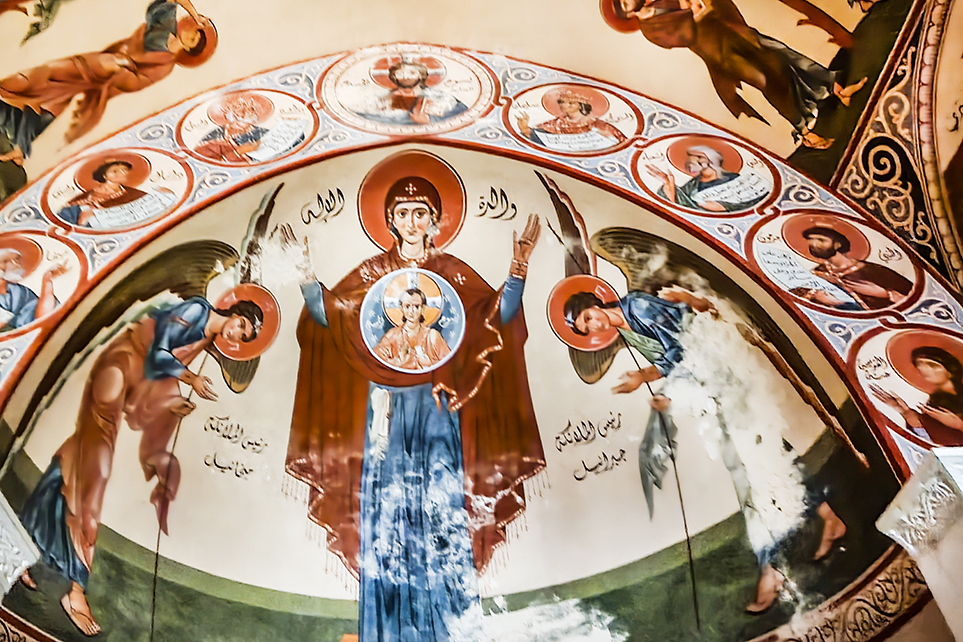
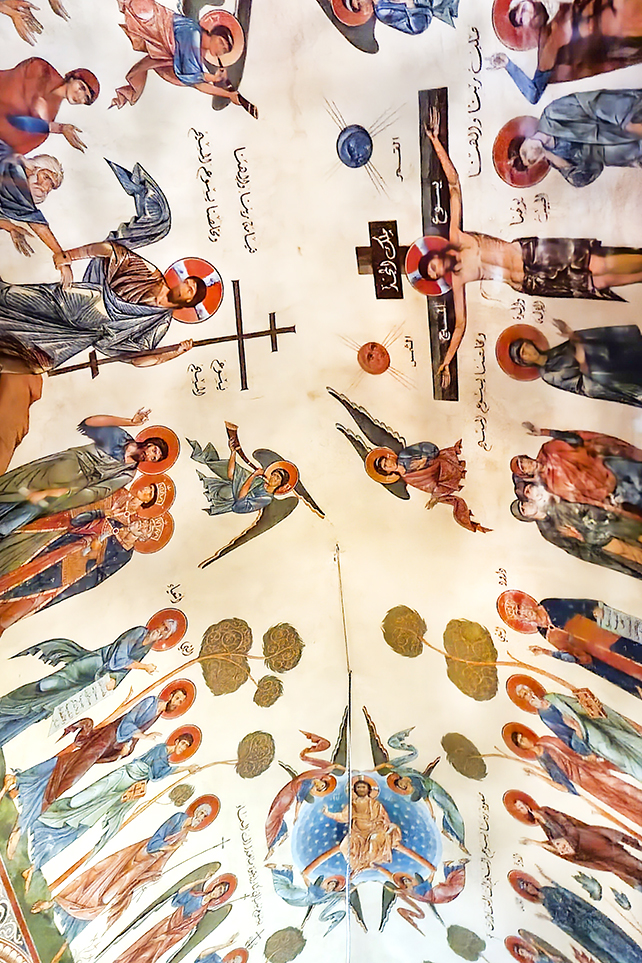

Hamat/El Heri
A great day trip that is only 30 minutes from Tripoli is to the villages of El Heri and Hamat.
El Heri is a beautiful coastal town with resorts, beaches, and tons of watersports to keep you entertained. Visit the Rocca Marina for swimming and relaxation. In El Heri is the famous Nabu Museum.
Nabu Museum (in El Heri)
The Nabu Museum is named after the Mesopotamian patron god of literacy. The museum offers an exceptional permanent collection of Bronze and Iron Age artifacts representing Roman, Greek, Byzantine, Phoenician, Mesopotamian, and contemporary Lebanese art. The Nabu Museum’s collections are a unique selection of cuneiform tablets dating from 2330 to 540 BC that include literary works and extensive social and economic records detailing the life of the Sumerians and Babylonians of Mesopotamia.
- Hours: Closed Monday and Tuesday; Wednesday – Sunday: 10:00 – 19:00
- For more information, contact them here.


Our Lady of Nourieh Monastery
Located 287 meters atop the historic cape of Theoprosopon is the beautiful Our Lady of Nourieh Monastery in Hamat.
Nourieh is an Arabic word meaning light. Thus, in English, the shrine is called Our Lady of Light. It is believed that two sailors built the shrine in the 4th Century. During a terrible storm, the two sailors found themselves in despair. They prayed, and the Virgin Mary appeared as a light, guiding them to the shore of Theoprosopon. The sailors carved a cave in the cliff and dedicated it to the Virgin Mary, calling it Our Lady of Light. Later, the Greek Orthodox monastery was built in the 17th Century. It is said that the glowing light from the shrine attracted wayward ships for centuries.


Today, it is a popular Christian pilgrimage site in Lebanon. Next to the monastery is Deir Sayedat Al Noureye (Greek Orthodox Church). Walk the gardens and enjoy the views of the gorgeous coastline.
Onsite is a gift shop with religious art and other items you can purchase or visit the small café and grab a light lunch before heading home.


Harissa
Although Lebanon is a predominantly Muslim country, it is home to many Christian churches and monasteries. Harissa is a small community on top of Mt. Lebanon, about 30 minutes from Beirut, where you will find a giant Virgin Mary statue watching over the city with open arms. Our Lady of Lebanon has become an important Lebanese pilgrimage site for Christians worldwide.
Telepherique
Harissa is about 500m above Jounieh Bay on the Mediterranean Sea. If you wish to visit Our Lady of Lebanon, take the Telepherique to get the best views of Lebanon.
Find the cable car, or Telepherique, station behind St Louis Hospital. The Telepherique ride lasts about 10 minutes and is approximately 1.5km long.
There’s another choice to make at the top of the cable car. Take the short funicular ride up the remainder of the way or opt for the five-minute walk.
If cable cars aren’t your thing, you can also reach Harissa by road.
- Tip: The ticket office did not accept credit cards or large bills. Be sure to bring small bills or plan to pay as a group with a larger bill.

Our Lady of Lebanon
Our Lady of Lebanon is one of the most important shrines in the world, honoring the Virgin Mary. It’s a popular pilgrimage site for both Christians and Muslims. The large statue of the Virgin Mary, erected in 1907, is nearly 30ft (9m) tall and depicts her with her hands stretched towards Beirut.
As you walk through the gardens that skirt the statue, below, amidst a pine forest, overlooking the Bay of Jounieh, is one of the most attractive panoramic views in the world.

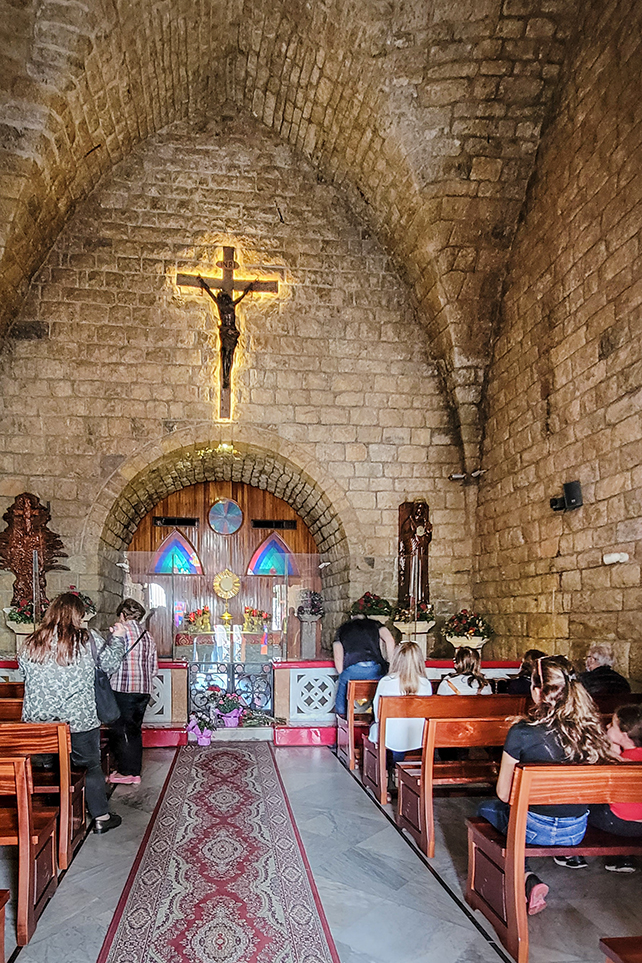
Harissa Park
Next to Our Lady of Lebanon is Harissa Park. Families will find a wide range of restaurants and outdoor playgrounds for the kids.

Melkite Greek Catholic Basilic of St. Paul
The Byzantine-style Melkite Greek Catholic Basilica of St Paul is located south of Our Lady of Lebanon and was built between 1947 and 1962. The architecture and design of this structure are quite fascinating.
Greek Melkite Catholics, often referred to in their home countries as Roum, are descendants of an ancient church in greater Syria that encompassed peoples in lands that lie today in Southern Turkey, Syria, Lebanon, Jordan, Israel, and Palestine. The word Greek in the name refers not to Greek ethnicity but the community’s origins. During the first century A.D., this region’s church leaders played essential roles in clarifying Christian doctrine for East and West alike.

Paragliding
If you are a thrill junkie, consider paragliding from the mountain. You can hire a pilot from the town of Ghosta to paraglide in the sky! Here is a great resource to decide which paragliding service to use.
Broumana
Located only 15 minutes from Beirut is the city of Broumana. Here you will find stunning views over the city and the sea. It is a great place to escape the busy life of Beirut. Broumana features beautiful nature, traditional houses, renowned restaurants, lively pubs, and luxurious stays.
Stroll the Streets
With thousands of pine trees covering the city, Broumana has many unique traditional houses decorated with baskets of flowers! Wander the streets and admire the architecture.

Mar Chaaya
This is an ideal place to connect with nature and enjoy the peaceful atmosphere.
Where to Eat
The best restaurant in Lebanon is Mounir Restaurant, with a picture-perfect view from every table. The food is delicious and the impeccable service is accompanied by breathtaking views!
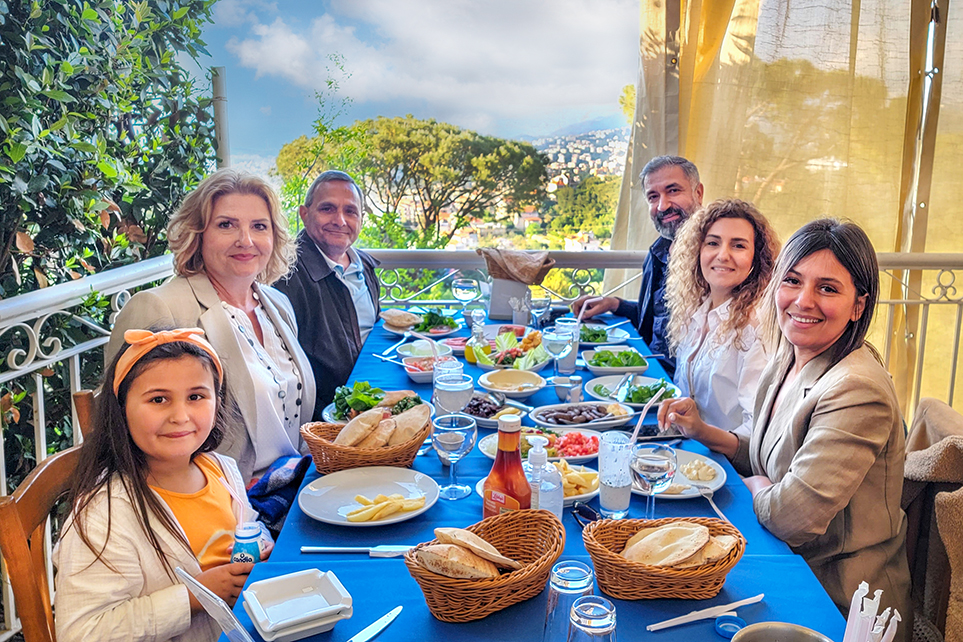

Broumana Villa
This place is filled with some of the finest restaurants, cafes, and pubs! A great place to enjoy great Lebanese food and drinks along with the music!

PSST: HERE ARE SOME OTHER BLOG POST YOU MAY WANT TO CHECK OUT WHILE VISITING LEBANON:
JOURNEY TO THE CITY OF BEIRUT
TRAVELS TO NORTHEASTERN LEBANON
LEBANON’S ANCIENT CITY BAALBEK
TRAVELING IN THE BATROUN DISTRICT
BEST OF BYBLOS
THINGS TO SEE IN TRIPOLI
Enjoy your travels! Please read my blogs about other exciting places around the world at Traveling Lens Photography.
If you want to read more follow me on Facebook, Instagram, or Pinterest as I share my journey.
Happy Travels!







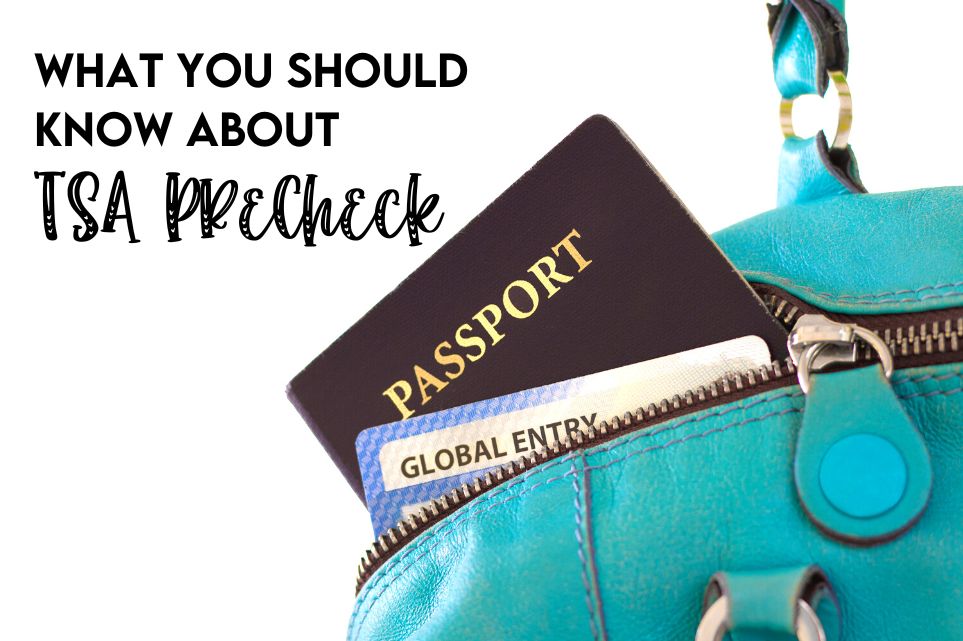
Pingback: Journey into the City of Beirut - Travel blog | Traveling Lens Photography
Pingback: Travels to South Lebanon - Travel blog | Traveling Lens Photography
Pingback: Lebanon's Ancient City Baalbek - Travel blog | Traveling Lens Photography
Pingback: Traveling in Northeast Lebanon - Travel blog | Traveling Lens Photography
Pingback: Traveling in the Batroun Distrist - Travel blog | Traveling Lens Photography
Pingback: Best of Byblos - Travel blog | Traveling Lens Photography
Pingback: Things to See in Tripoli - Travel blog | Traveling Lens Photography
Pingback: A Day Trip to Beiteddine Palace - Travel blog | Traveling Lens Photography